Berapa banyak data yang Anda perlukan saat bepergian internasional?
Membantu Anda memperkirakan kebutuhan data pada perjalanan internasional.
Ringkasan
Bepergian adalah pengalaman yang luar biasa dan tetap terhubung dengan teman, keluarga, dan dunia melalui ponsel pintar telah menjadi bagian tak terpisahkan dari kehidupan kita. Namun, saat bepergian, kita perlu mempertimbangkan berapa banyak data yang kita butuhkan dan cara mengelolanya secara efektif. Memahami penggunaan data, memperkirakan kebutuhan data perjalanan Anda, dan memilih paket data yang tepat adalah faktor utama yang perlu dipertimbangkan.
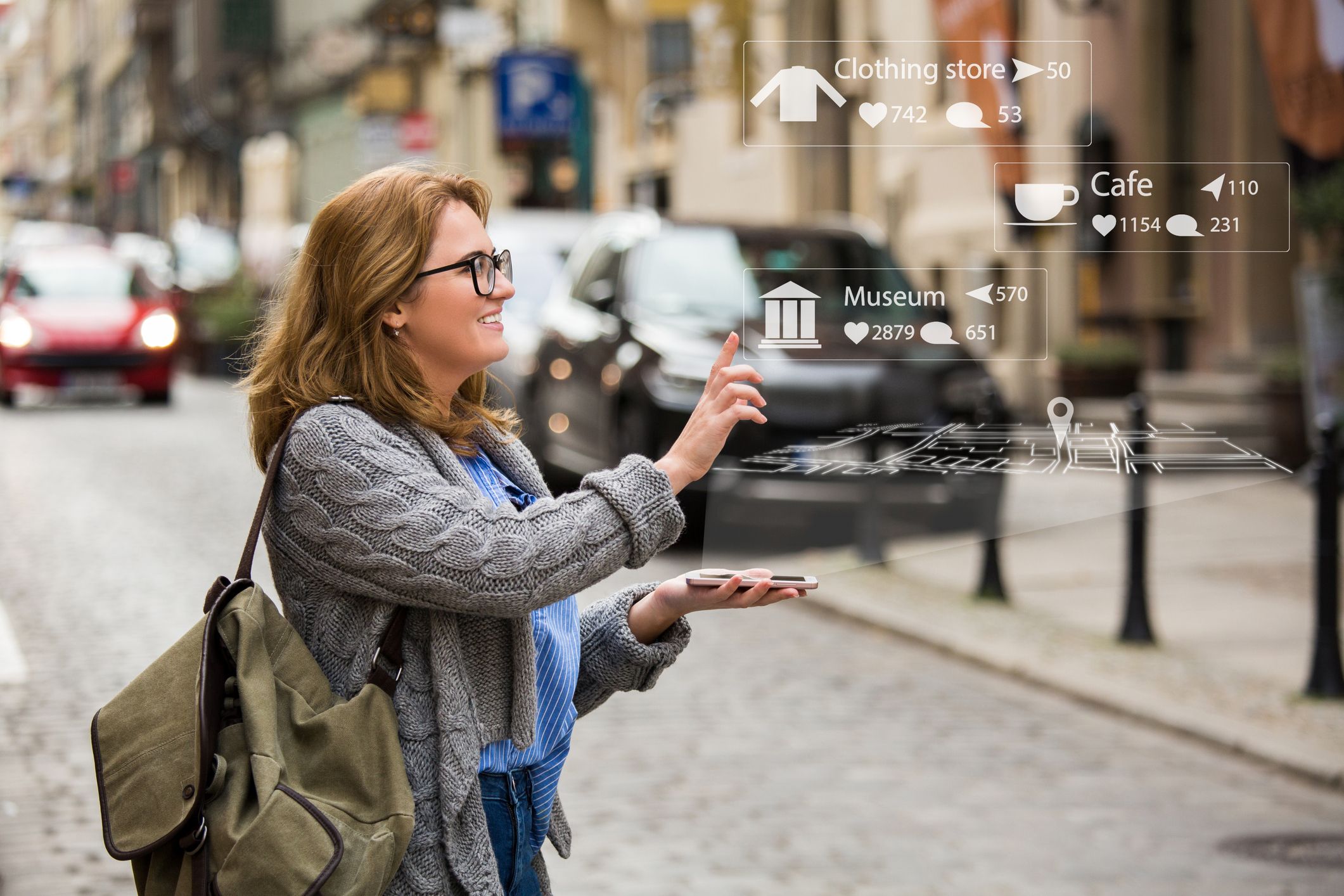
Memahami Penggunaan Data
Data bagaikan urat nadi dunia digital kita. Setiap kali Anda menjelajahi situs web, mengirim email, atau menonton video, data sedang ditransfer dari internet ke perangkat Anda. Bahkan tindakan yang tampaknya kecil, seperti menggulir feed Facebook atau mengunggah foto ke Instagram, menghabiskan data.
Penggunaan data Anda bergantung pada beberapa faktor, termasuk jenis aktivitas, konten yang diakses, dan durasi sesi daring Anda. Aktivitas seperti streaming video definisi tinggi atau mengunduh file besar menghabiskan lebih banyak data dibandingkan dengan sekadar mengirim pesan teks atau memeriksa email.
Faktor-faktor yang Mempengaruhi Penggunaan Data
Ada berbagai faktor yang dapat memengaruhi penggunaan data Anda saat bepergian. Penting untuk mengetahui faktor-faktor ini agar dapat mengelola konsumsi data Anda dengan lebih baik. Mari kita bahas lebih lanjut:
- **Jenis aplikasi dan situs web yang Anda akses:**Aplikasi tertentu mengonsumsi lebih banyak data daripada yang lain. Layanan streaming, aplikasi panggilan video, dan platform permainan daring cenderung lebih boros data dibandingkan dengan aplikasi pengiriman pesan atau layanan email. Misalnya, streaming film di Netflix dapat menggunakan beberapa gigabita data, sementara mengirim pesan teks di WhatsApp hanya menggunakan beberapa kilobita.
- **Kualitas dan ukuran konten media:**Gambar, video, dan file musik beresolusi tinggi memerlukan lebih banyak data untuk ditransfer dibandingkan dengan konten berkualitas rendah. Streaming video dalam HD atau mengunduh file besar dapat menghabiskan kuota data Anda dengan cepat. Penting untuk memperhatikan pengaturan kualitas saat streaming video atau mengunduh file untuk meminimalkan penggunaan data.
- **Durasi aktivitas online Anda:**Semakin lama Anda terhubung ke internet, semakin banyak data yang mungkin Anda konsumsi. Aktivitas seperti streaming video, menjelajah web, atau terlibat dengan media sosial dapat bertambah dengan cepat seiring berjalannya waktu. Misalnya, menonton video berdurasi satu jam di YouTube dapat menghabiskan beberapa ratus megabita data.
Aplikasi mana yang akan menghabiskan data?
Mengetahui berapa banyak data yang Anda perlukan selama bepergian dapat membantu Anda memilih paket data yang tepat dan menghindari biaya tak terduga. Pertama, mari kita lihat berbagai aplikasi yang mungkin Anda gunakan selama perjalanan.
Media Sosial
Platform media sosial seperti Facebook, Instagram, Twitter, dan Tik Tok merupakan cara populer untuk tetap terhubung dan berbagi pengalaman perjalanan Anda. Namun, aplikasi ini dapat menghabiskan banyak data, terutama saat Anda mengunggah foto atau video atau menggulir konten beresolusi tinggi.
Jika berbicara tentang media sosial, bukan hanya tindakan mengunggah yang menghabiskan data. Setiap kali Anda membuka aplikasi, umpan Anda akan diperbarui dan konten baru dimuat, yang dapat bertambah dengan cepat jika Anda adalah pengguna yang sering menggunakannya. Selain itu, fitur seperti streaming langsung atau panggilan video dapat meningkatkan konsumsi data Anda secara signifikan.
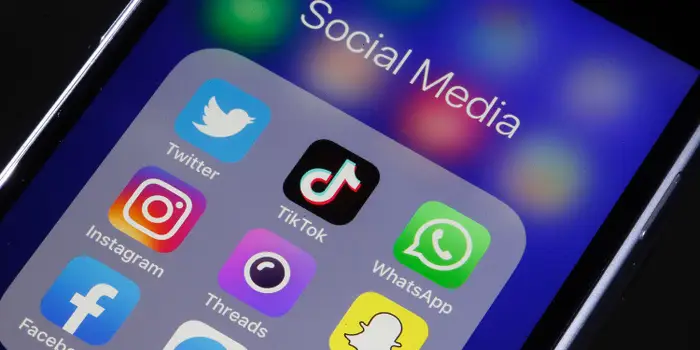
Aplikasi Navigasi
Saat bepergian, Anda mungkin akan lebih sering menggunakan aplikasi navigasi seperti Google Maps atau Apple Maps daripada saat di rumah. Aplikasi navigasi ini penting untuk membantu Anda menemukan jalan saat bepergian.
Aplikasi ini terus-menerus mengunduh data peta dan menyediakan pembaruan waktu nyata, yang dapat menghabiskan banyak data jika digunakan secara ekstensif. Jika Anda terus-menerus memperbesar dan memperkecil tampilan, menggeser, atau mencari lokasi baru, aplikasi akan terus-menerus mengunduh data baru, yang mengakibatkan penggunaan data yang lebih tinggi. Di sisi lain, jika Anda terutama menggunakan aplikasi untuk petunjuk arah dasar, konsumsi data Anda akan relatif lebih rendah.
Jika berbicara tentang aplikasi navigasi, bukan hanya peta itu sendiri yang mengonsumsi data. Aplikasi ini juga menggunakan data untuk fitur lain seperti informasi lalu lintas, rekomendasi restoran, dan bahkan gambar tampilan jalan. Jadi, jika Anda termasuk orang yang sangat bergantung pada fitur tambahan ini, penting untuk mempertimbangkannya saat memperkirakan kebutuhan data Anda.
Aplikasi Pesan dan Email
Saat bepergian, Anda mungkin akan menggunakan aplikasi perpesanan untuk tetap terhubung dengan teman dan keluarga. Atau mungkin Anda akan memeriksa email saat bepergian. Dari berbagai aplikasi, aplikasi ini akan paling sedikit menguras data Anda.
Mengirim dan menerima pesan teks dan email tidak menghabiskan banyak data, karena teks pada umumnya tidak menghabiskan banyak data. Namun, perlu diingat bahwa jika Anda akan mengirim video atau foto melalui aplikasi ini, atau jika Anda akan mengunduh lampiran berukuran besar, maka konsumsi data dapat meningkat.
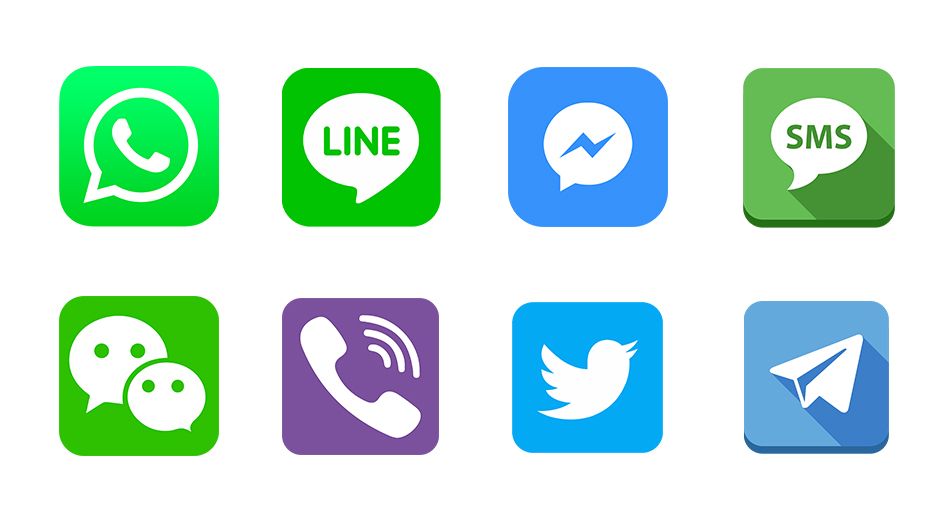
Google dan penjelajahan umum
Saat bepergian, mungkin ada saatnya Anda perlu mencari sesuatu — mencari blog tentang hal-hal yang dapat dilakukan di sekitar Anda, membaca sesuatu yang menarik perhatian Anda, atau mungkin sekadar mengikuti berita.
Jumlah data yang dibutuhkan untuk menjelajah internet sangat bergantung pada jenis situs yang Anda lihat. Jika situs tersebut sebagian besar berbasis teks, maka tidak akan memakan banyak data. Namun jika situs tersebut banyak berisi gambar, maka di situlah penggunaan data dapat mulai meningkat.
P.S. jika Anda sedang dalam perjalanan dan mencari sesuatu untuk dilakukan atau dimakan, Anda juga dapat mencoba menggunakanFitur Penemuan Nomaduntuk membantu Anda menemukan sesuatu untuk dilakukan pada perjalanan Anda!
Layanan Streaming
Bagi banyak pelancong, streaming musik dan video merupakan cara yang bagus untuk menghabiskan waktu selama penerbangan panjang atau perjalanan kereta api. Namun, layanan streaming seperti Spotify, Netflix, atau YouTube dapat menghabiskan kuota data Anda dengan cepat.
Layanan streaming terkenal karena menghabiskan banyak data, terutama saat streaming video atau musik definisi tinggi. Semakin tinggi kualitas konten, semakin banyak data yang dibutuhkan untuk streaming. Jika Anda menggunakan paket data terbatas, sebaiknya pilih opsi streaming berkualitas rendah atau unduh konten favorit Anda terlebih dahulu saat terhubung ke Wi-Fi. Dengan cara ini, Anda dapat menikmati film, acara TV, atau musik favorit tanpa khawatir akan melebihi batas data.
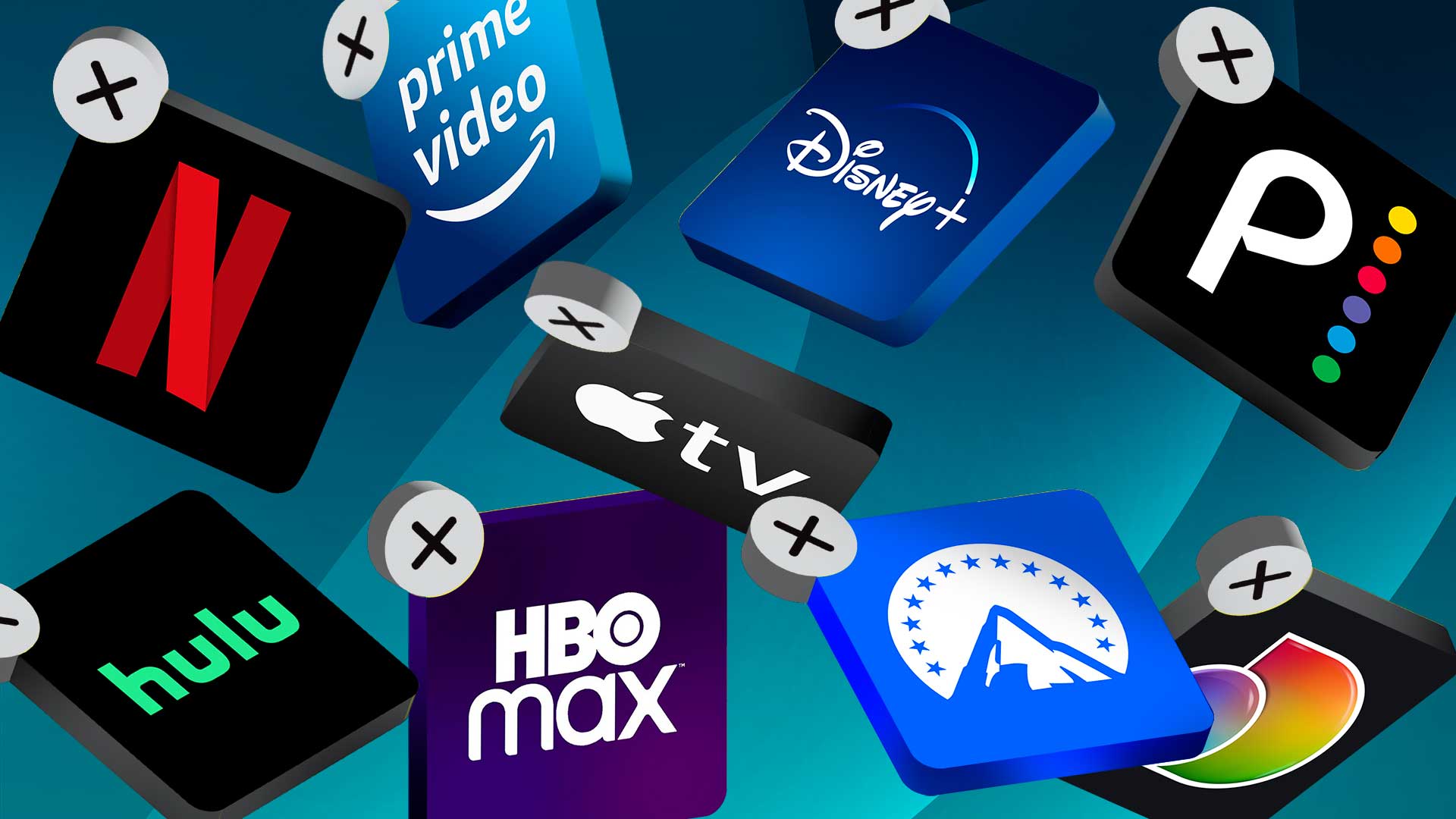
Memperkirakan Kebutuhan Data Perjalanan Anda
Sekarang setelah Anda mengetahui aplikasi apa saja yang menggunakan data, mari kita lihat berapa banyak data yang sebenarnya digunakan. Seperti yang disebutkan, jumlah data yang Anda butuhkan bergantung pada pola penggunaan umum dan durasi perjalanan Anda.
Untuk membantu Anda memperkirakan kebutuhan data Anda, kami melakukan perjalanan selama lima hari, dan berikut adalah rincian penggunaan data kami:
- **Total data yang dikonsumsi:**4,07 GB
- **Media Sosial (Facebook, Instagram, X):**2,3 GB
- **Aplikasi Perpesanan dan Email:**653MB
- **Google:**591MB
- **Peta:**231MB
- Mengalir:-
Untuk membantu memberikan sedikit konteks pada angka-angka tersebut: kami hanya terhubung ke WiFi saat kami kembali ke akomodasi kami — jadi kapan pun kami pergi, kami menggunakan data. Foto-foto banyak dibagikan melalui aplikasi perpesanan saat menggunakan data, streaming konten sangat minim (atau hanya pada konten offline), dan tidak ada peta yang diunduh sebelumnya sebelum perjalanan.

Memilih Paket Data yang Tepat untuk Perjalanan
Saat bepergian, Anda pasti ingin mencari paket data yang sesuai dengan kebutuhan perjalanan Anda. Dengan mengetahui berbagai jenis aplikasi yang mungkin Anda gunakan saat bepergian, berikut beberapa kiat untuk membantu Anda memilih paket data yang tepat.
Memperkirakan penggunaan data Anda
Salah satu cara untuk memperkirakan penggunaan data Anda adalah dengan melacak berapa banyak data yang Anda gunakan setiap hari dan memperkirakannya untuk kebutuhan perjalanan Anda. Saat memperkirakan penggunaan data Anda, perlu diingat bahwa Anda mungkin akan menggunakan lebih banyak data daripada biasanya saat bepergian, karena Anda tidak akan selalu terhubung ke WiFi seperti yang Anda lakukan setiap hari.
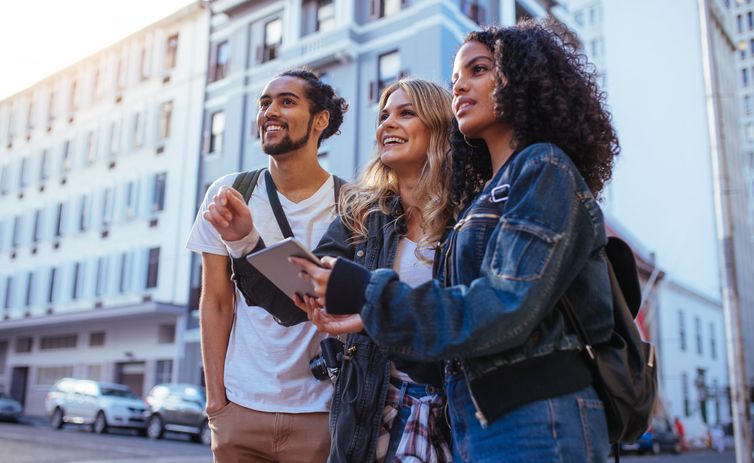
Paket Reguler vs Paket Tak Terbatas
Paket reguler adalah paket yang memiliki volume data tetap, sedangkan paket unlimited, seperti namanya, tidak memiliki volume data tetap. Sebaliknya, paket unlimited memiliki durasi. Namun, penting untuk dicatat bahwa sebagian besar (jika tidak semua) paket unlimited memiliki kebijakan penggunaan wajar, di mana kecepatan data akan dibatasi setelah penggunaan dalam jumlah tertentu.
Jika Anda secara teratur memantau tren penggunaan dan memiliki gambaran yang baik tentang berapa banyak data yang mungkin Anda perlukan, paket reguler adalah pilihan yang bagus. Namun, jika Anda merasa sulit memperkirakan berapa banyak data yang mungkin Anda perlukan, dan merasa tidak yakin tentang kemungkinan menghabiskan paket data Anda, paket unlimited akan menjadi pilihan yang bagus karena Anda tidak perlu khawatir tentang kemungkinan kehabisan data.
Gunakan Kalkulator Data Nomad
Nah, jika Anda memperkirakan dan mengevaluasi berbagai rencana terlalu membingungkan, mengapa tidak menggunakan Nomad?Kalkulator Datauntuk membantu Anda menemukan rencana yang sesuai hanya dalam tiga pertanyaan mudah?
Tips Mengelola Penggunaan Data Saat Bepergian
Ada banyak cara untuk mengelola penggunaan data dan menjaga konsumsi data tetap rendah selama bepergian. Beberapa cara yang paling umum termasuk memanfaatkan hotspot Wi-Fi bila memungkinkan, dan memanfaatkan opsi offline sepenuhnya. Untuk kiat-kiat penghematan data lainnya, lihat posting blog kami sebelumnya tentangcara mengelola konsumsi data saat bepergian.
Dapatkan eSIM Nomad untuk perjalanan Anda berikutnya
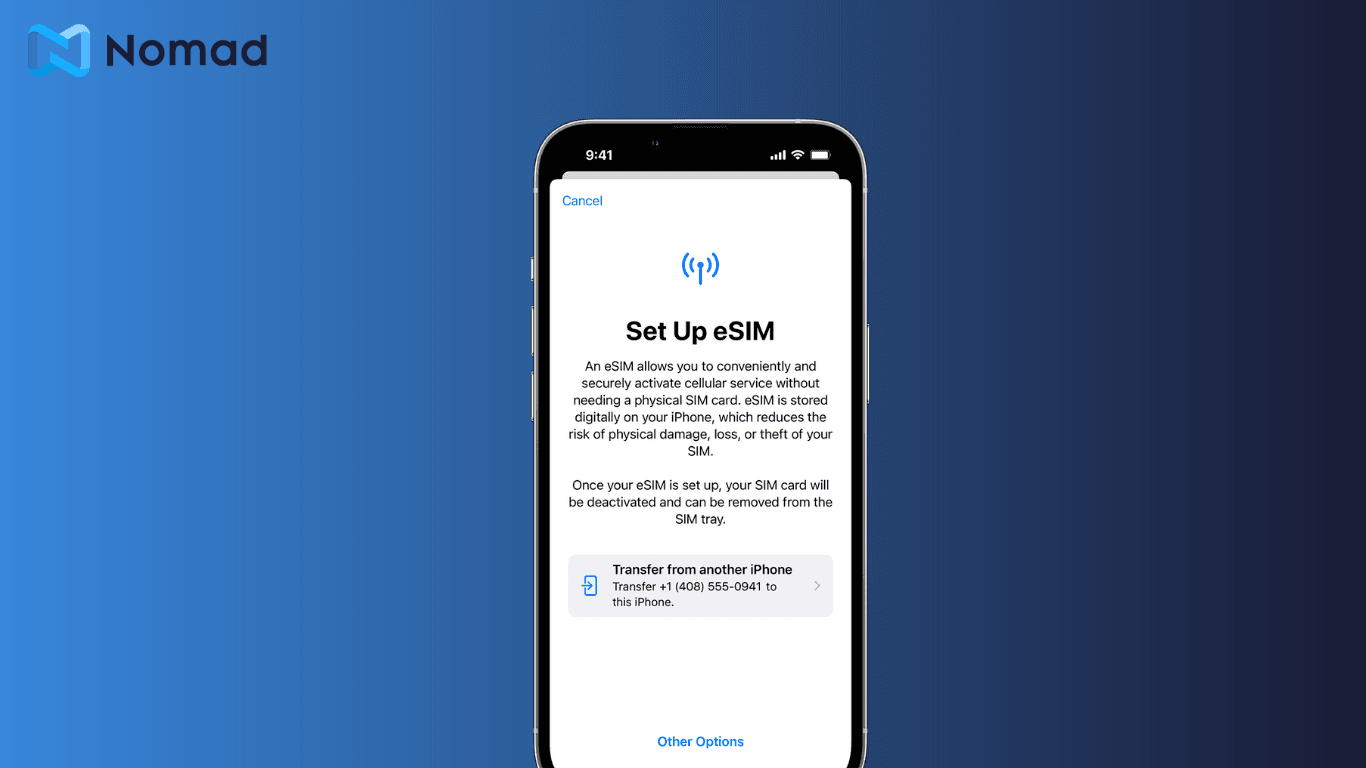
Pengembarapenawaranpaket data di lebih dari 165 negara, dan Anda dapat yakin untuk menemukan satu yang sesuai dengan kebutuhan perjalanan Anda. Dan jika Anda akan bepergian melintasi beberapa negara, ada jugarencana regionaltersedia agar Anda dapat tetap terhubung dengan lancar saat berpindah negara. Paket data tersedia mulai dari $1,50/GB.